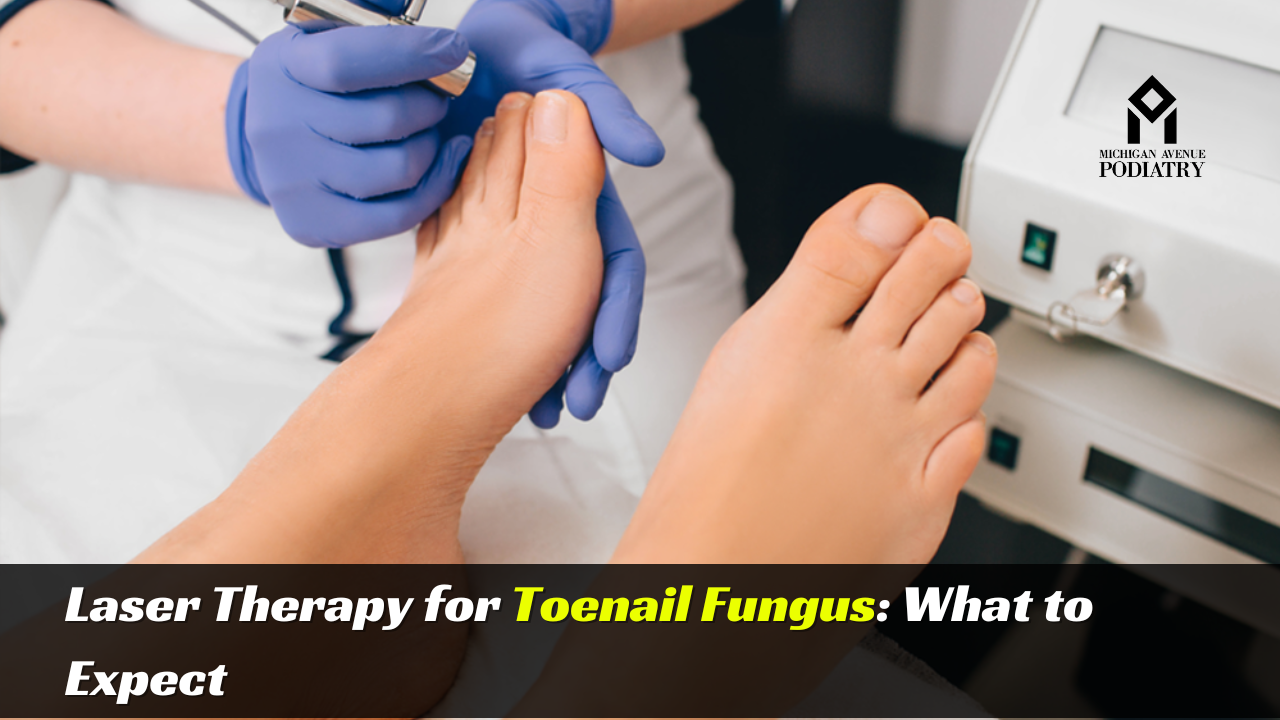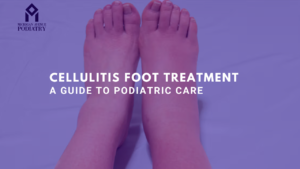Toenail fungus, medically known as onychomycosis, is a common and often stubborn condition. It can cause nails to become discolored, thickened, and brittle. Traditional treatments include topical antifungals, oral medications, and home remedies, but these options can be slow to show results and may have side effects. In recent years, laser therapy has emerged as a promising alternative. This comprehensive guide will explain what to expect from laser therapy for toenail fungus, helping you make an informed decision about your treatment options.
Understanding Toenail Fungus
Toenail fungus is caused by various types of fungi, including dermatophytes, yeasts, and molds. These organisms thrive in warm, moist environments and can easily infect the toenails, particularly if the nails are damaged or weakened. Symptoms of toenail fungus include:
- Discoloration of the nail (yellow, brown, or white spots).
- Thickening and distortion of the nail shape.
- Brittleness and crumbling at the edges.
- Separation of the nail from the nail bed.
- Foul odor.
What Is Laser Therapy?
Laser therapy for toenail fungus involves using focused light energy to target and destroy fungal cells. The laser emits wavelengths that penetrate the nail and surrounding tissue, effectively killing the fungus without damaging the healthy tissue. This treatment is non-invasive and typically performed in a podiatrist’s office or a specialized clinic.
How Does Laser Therapy Work?
Laser therapy works by generating heat that is absorbed by the pigments in the fungal cells. The heat destroys the fungal cell structure, preventing the fungus from growing and spreading. Different types of lasers, such as Nd:YAG and diode lasers, are used depending on the specific needs and condition of the patient.
Preparing for Laser Therapy
Before undergoing laser therapy, a consultation with a healthcare professional is essential. During this consultation, the podiatrist will:
- Examine Your Nails: A thorough examination of the affected nails will help determine the extent of the fungal infection.
- Review Medical History: The podiatrist will review your medical history to ensure there are no contraindications for laser therapy.
- Discuss Expectations: Clear communication about the expected outcomes, number of sessions required, and potential side effects is crucial for a successful treatment plan.
The Laser Therapy Procedure
Laser therapy for toenail fungus is a straightforward procedure. Here is what you can expect during the treatment session:
- Preparation: The affected toenails will be cleaned and prepared for treatment. Any debris or dead tissue may be removed to allow better laser penetration.
- Application of Laser: The laser device is positioned over the affected toenail. The podiatrist will carefully direct the laser light at the nail and surrounding tissue. Patients may feel a warming sensation but should not experience significant pain.
- Duration: Each session typically lasts between 20 to 30 minutes, depending on the number of nails being treated.
- Post-Treatment Care: After the procedure, patients can resume normal activities immediately. The podiatrist may provide specific aftercare instructions to optimize healing and prevent reinfection.
Benefits of Laser Therapy
Laser therapy offers several advantages over traditional treatments for toenail fungus:
- Non-Invasive: Unlike surgical options, laser therapy does not involve cutting or removal of the nail.
- Minimal Discomfort: The procedure is generally painless, with most patients experiencing only mild warmth during treatment.
- No Systemic Side Effects: Unlike oral antifungal medications, laser therapy does not pose risks to the liver or kidneys.
- Quick Recovery: There is no downtime after the procedure, allowing patients to return to their daily activities immediately.
- High Success Rate: Studies have shown that laser therapy can effectively reduce or eliminate toenail fungus in many patients.
Read More:
Potential Side Effects and Risks
While laser therapy is considered safe, there are potential side effects and risks to be aware of:
- Mild Pain or Discomfort: Some patients may experience mild pain or discomfort during or after the procedure.
- Redness or Swelling: Temporary redness or swelling around the treated area can occur but usually resolves quickly.
- Incomplete Treatment: In some cases, the fungal infection may not be completely eradicated, requiring additional sessions or alternative treatments.
Post-Treatment Care and Prevention
To ensure the best results and prevent recurrence, follow these post-treatment care tips:
- Maintain Foot Hygiene: Keep your feet clean and dry. Wash them daily and dry thoroughly, especially between the toes.
- Trim Nails Properly: Cut your nails straight across and avoid cutting them too short.
- Use Antifungal Products: Apply antifungal creams or powders to your feet and shoes to prevent reinfection.
- Wear Breathable Footwear: Choose shoes made of breathable materials and avoid wearing the same pair every day. Let your shoes dry out completely before wearing them again.
- Avoid High-Risk Environments: Be cautious in public places like swimming pools, locker rooms, and showers. Wear protective footwear, such as flip-flops, in these areas.
When to Consider Laser Therapy
Laser therapy may be a suitable option if:
- Traditional treatments have failed to provide satisfactory results.
- You experience side effects from oral antifungal medications.
- You prefer a non-invasive treatment option with minimal discomfort.
- You want a quick recovery period without significant downtime.
Consulting a Professional
If you are considering laser therapy for toenail fungus, it is important to consult with a qualified healthcare professional. A podiatrist or dermatologist specializing in laser treatments can provide a thorough evaluation and determine if this therapy is appropriate for your condition. They will also develop a personalized treatment plan tailored to your specific needs.
Conclusion
Laser therapy represents a promising treatment option for individuals struggling with toenail fungus. Its non-invasive nature, minimal side effects, and high success rate make it an attractive alternative to traditional treatments. By understanding what to expect during the procedure and following post-treatment care guidelines, patients can achieve healthier, fungus-free toenails and improve their overall foot health. If you are considering laser therapy, consult with a healthcare professional to explore this effective solution for toenail fungus.




